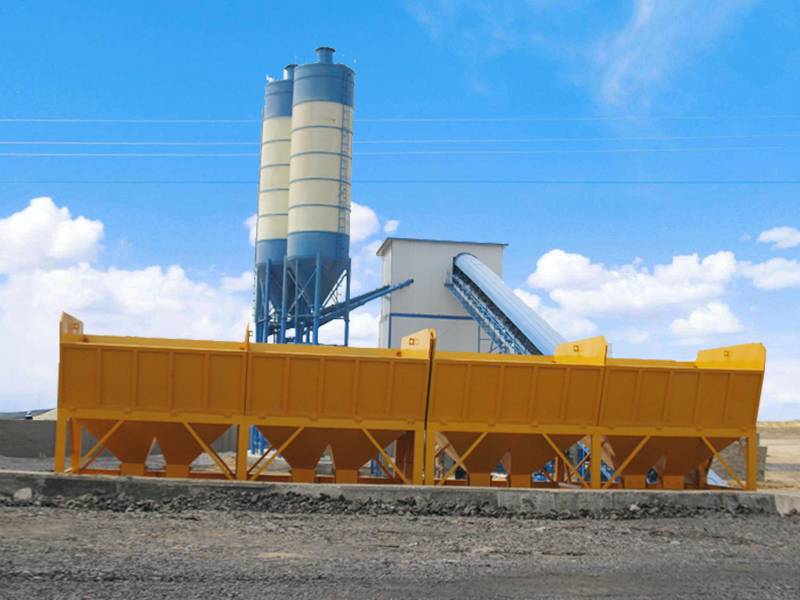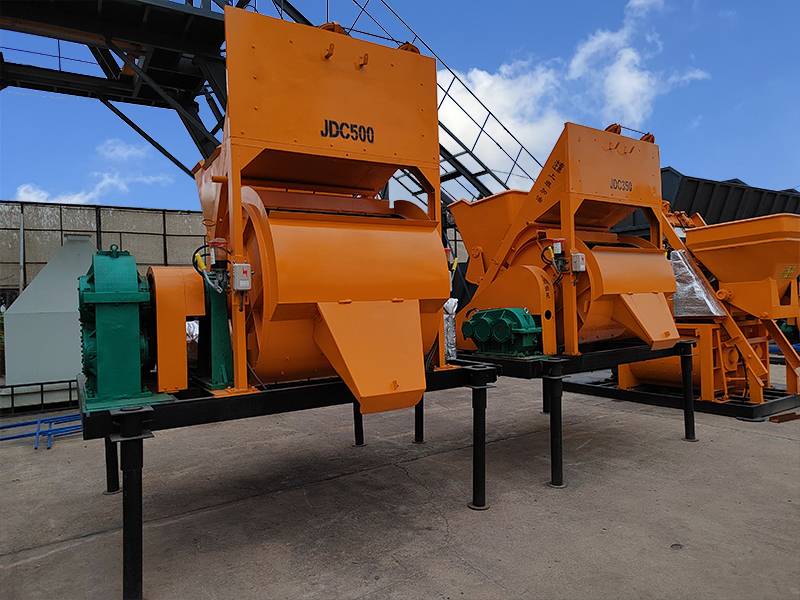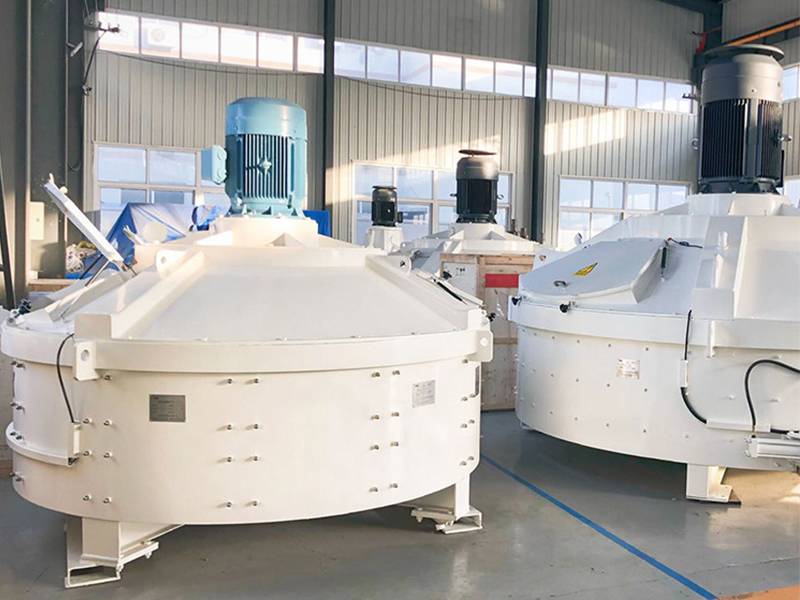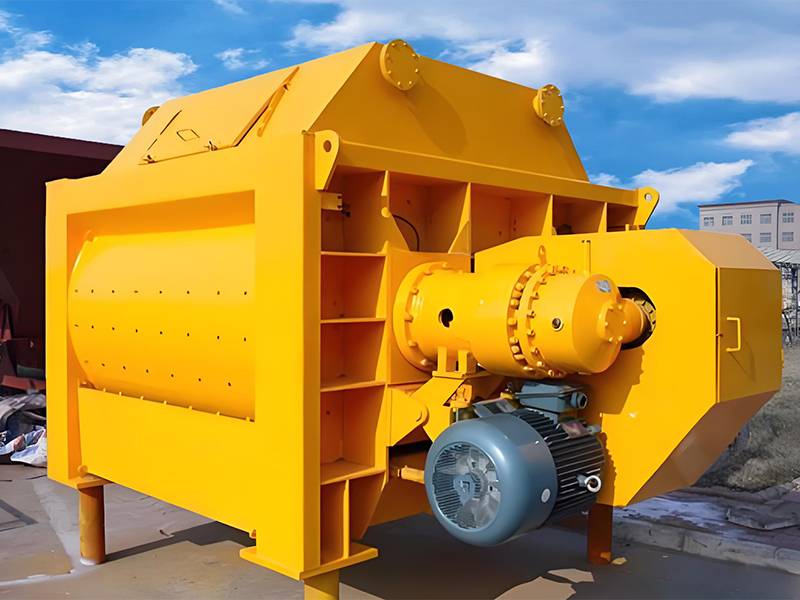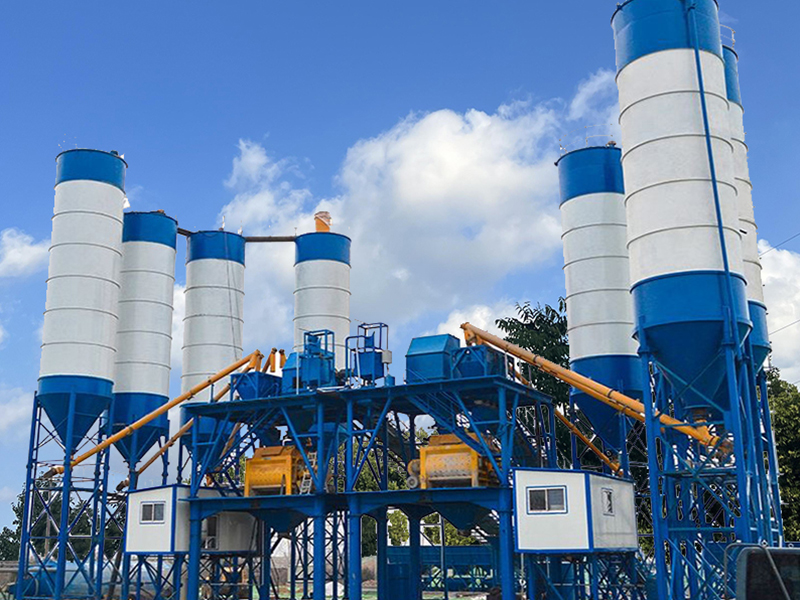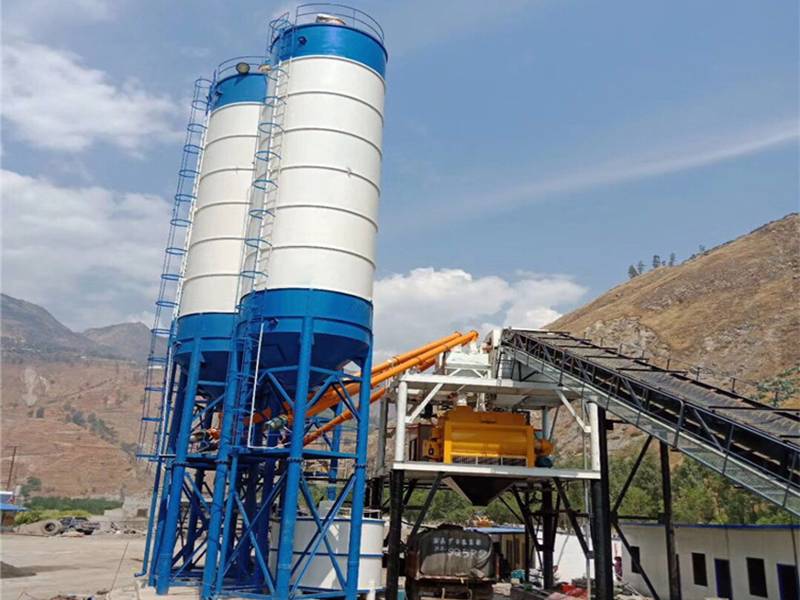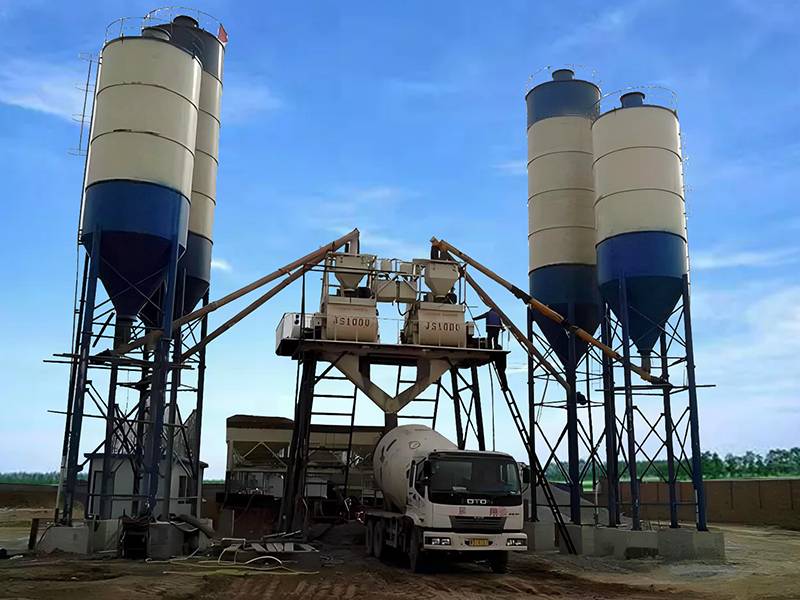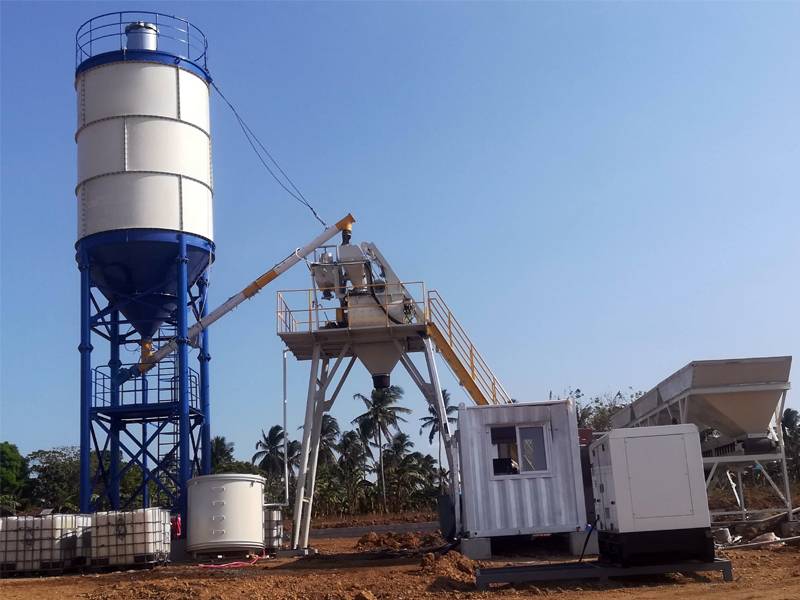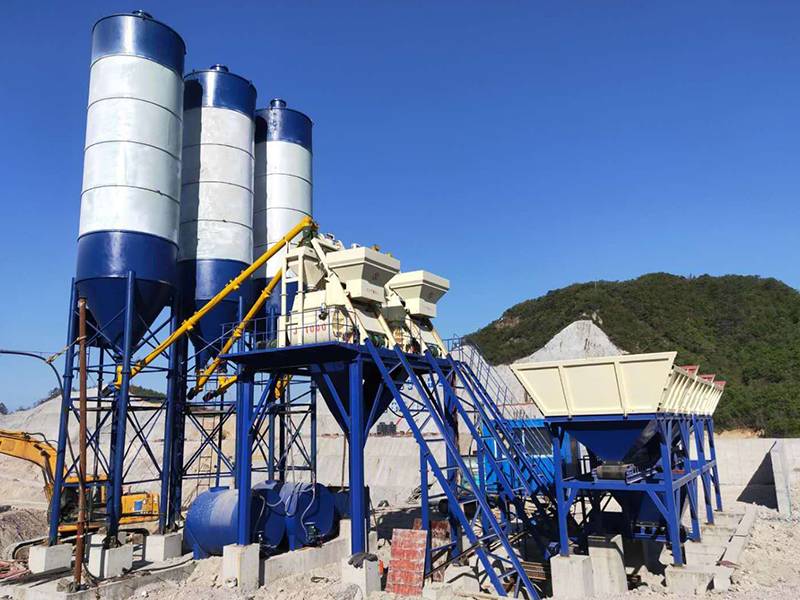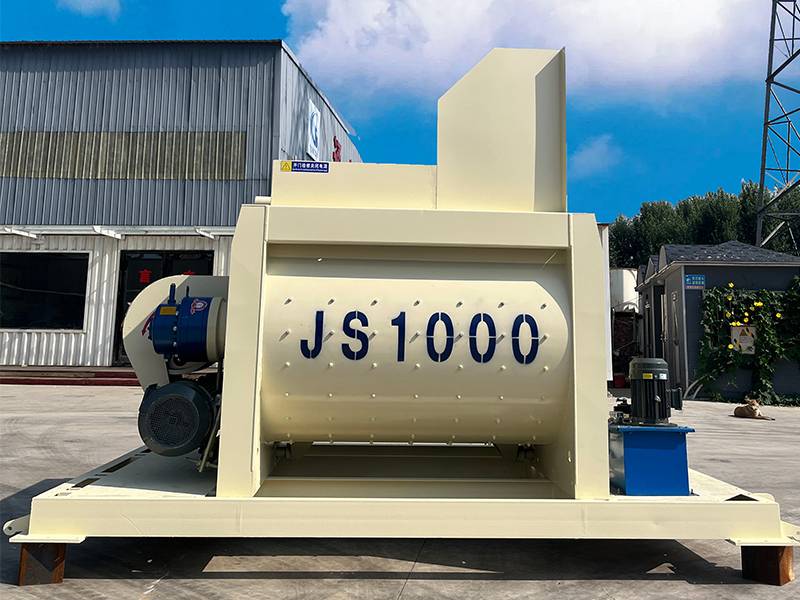What is The Service Life of Concrete Mixing Plant Equipment?
The service life of concrete mixing plant equipment is caused by many factors, including the materials used in the equipment, processing technology, working environment and maintenance of the equipment. The following is a detailed analysis of the service life of concrete mixing station equipment: I. General service life Generally speaking, the best application state of concrete mixing station is 5 to 10 years. However, if the quality of the equipment is good and the daily maintenance work is done in time, its service life may be longer, even up to 15 to 20 years. The service life of components such as conveying equipment, batching machines and cement silos is usually after 5 to 8 years, while the service life of the entire system may be after 3 to 5 years. II. Influencing factors Equipment quality: The quality of equipment is the key factor affecting its service life. High-quality equipment usually uses high-quality materials and advanced processing technology, so it has better durability and stability. Maintenance: Regular maintenance and maintenance are essential to extend the service life of equipment. Including maintenance...



